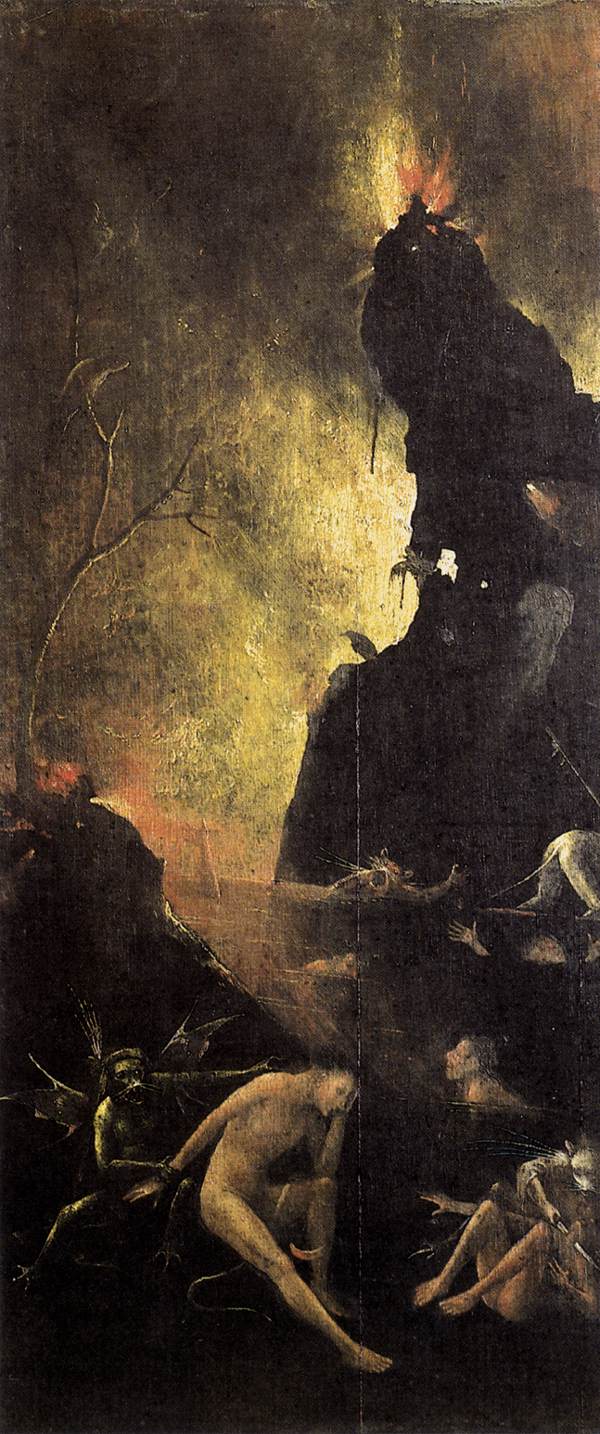Description
The painting "The Hell" by Hieronymus Bosch is a masterpiece of 15th century art. The Flemish artist created a shocking and disturbing image of hell, full of disturbing details and hidden symbolism.
Bosch's artistic style is unique and difficult to classify. His paintings are a mixture of realism and fantasy, with surreal and grotesque elements. In "Hell", Bosch uses a detailed and painstaking technique to create an image full of textures and details.
The composition of the painting is impressive. Bosch creates a chaotic and overwhelming scene, filled with twisted and monstrous figures. The image is divided into three sections, each representing a different level of hell. The lower part of the painting is filled with demons and hellish creatures, while the upper part shows the damned in hellfire.
Color is another prominent aspect of the painting. Bosch uses a rich and vibrant palette, with dark and bright tones that create a sense of depth and movement. The colors are intense and dramatic, reinforcing the sense of horror and despair conveyed by the image.
The history of painting is fascinating. "Hell" was painted around 1500, at a time when religion and superstition dominated European society. Bosch's work was commissioned by a wealthy and powerful patron and became one of the most famous paintings of the time.
There are many little-known aspects of "Hell" that make the painting even more interesting. For example, there are several hidden figures in the image, such as a man with a crown of thorns and a woman with a snake in her hand. These details add another layer of mystery and symbolism to the work.
In short, Hieronymus Bosch's "Inferno" is a fascinating and complex work of art. The artistic style, the composition, the color and the history of the painting are all interesting aspects that make this work one of the most important of the Flemish Renaissance.

